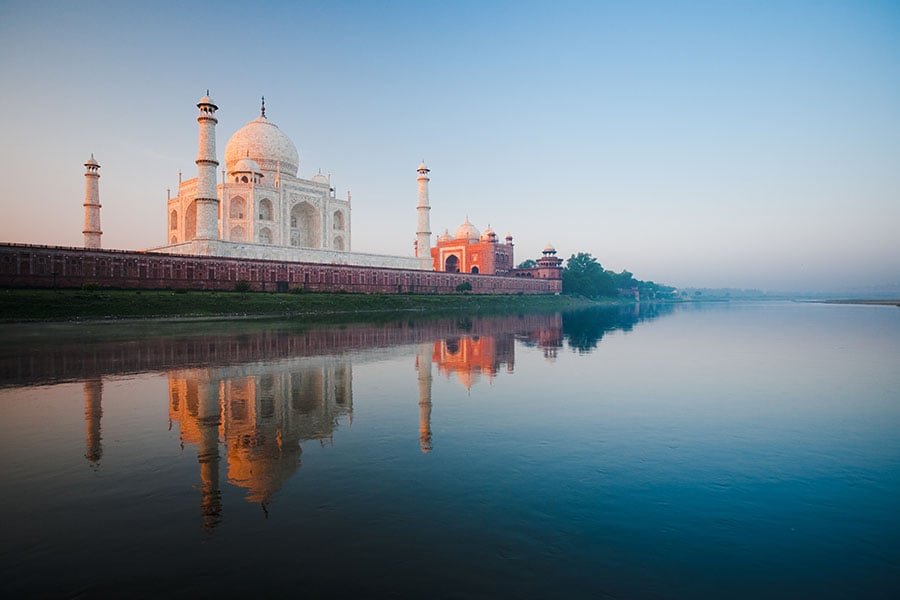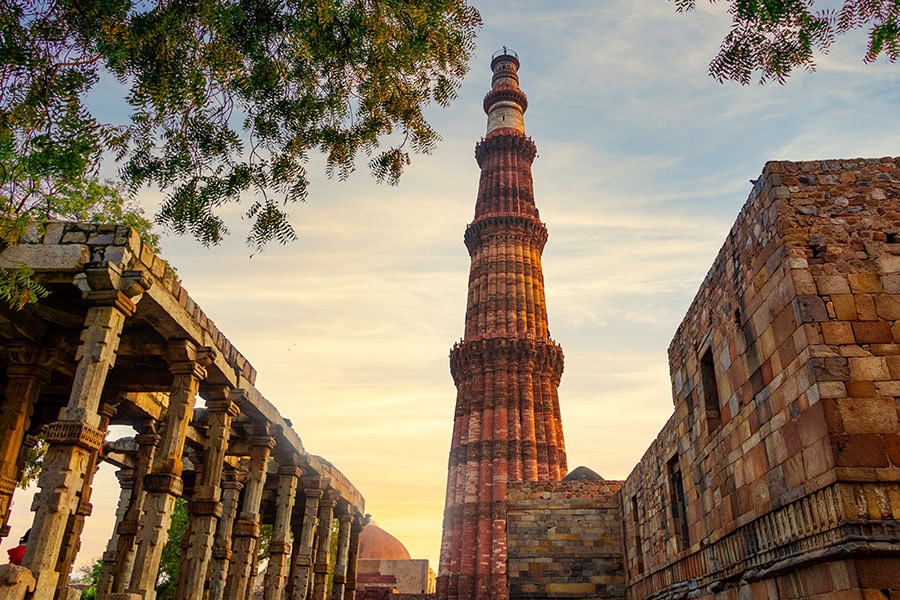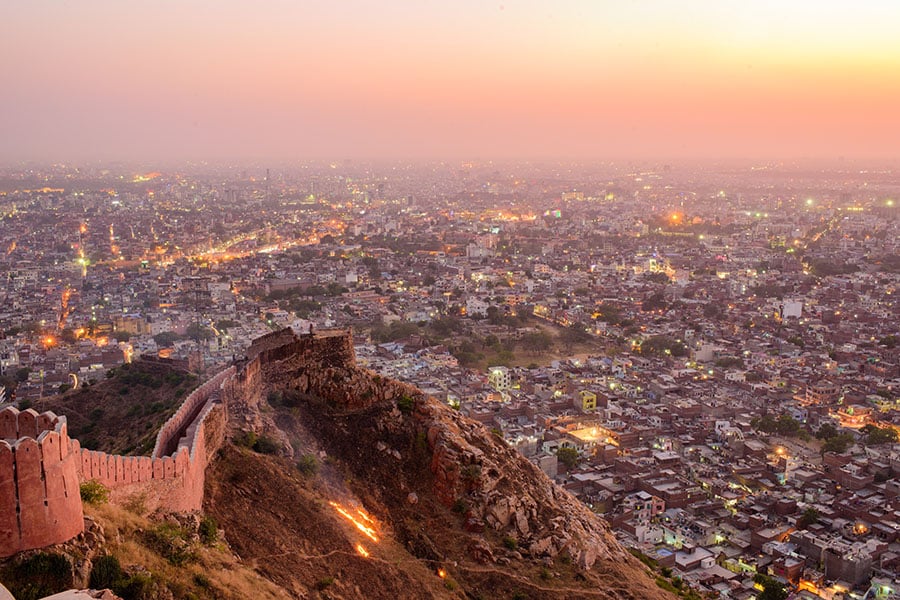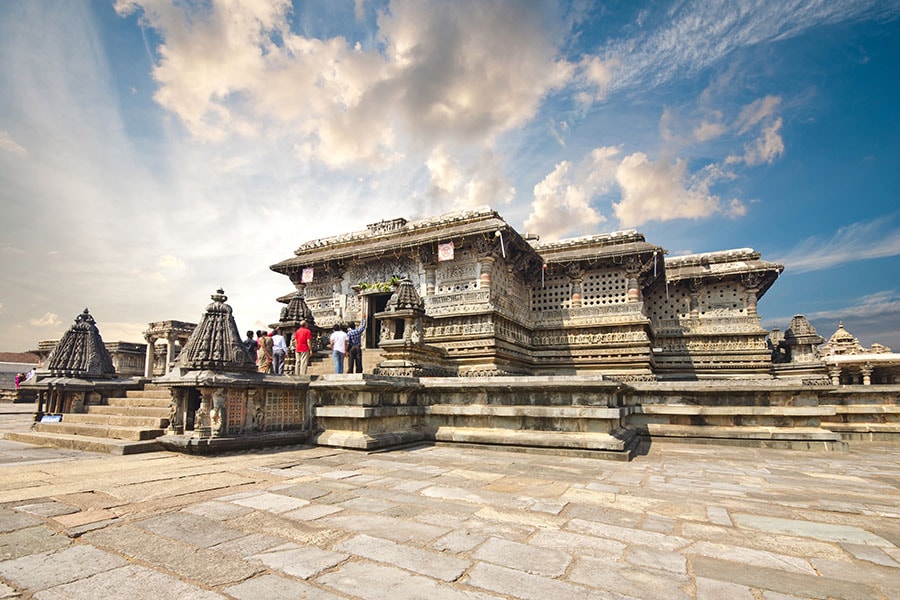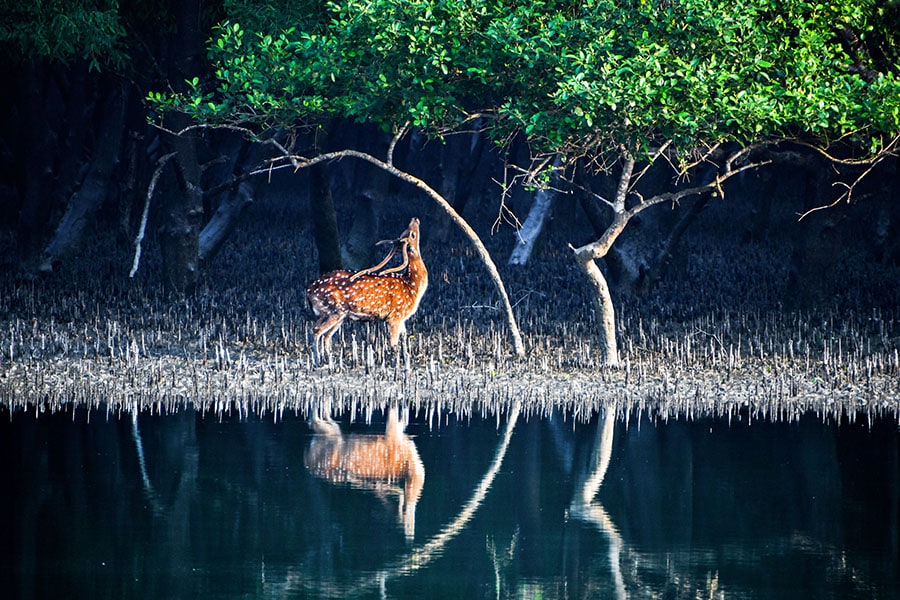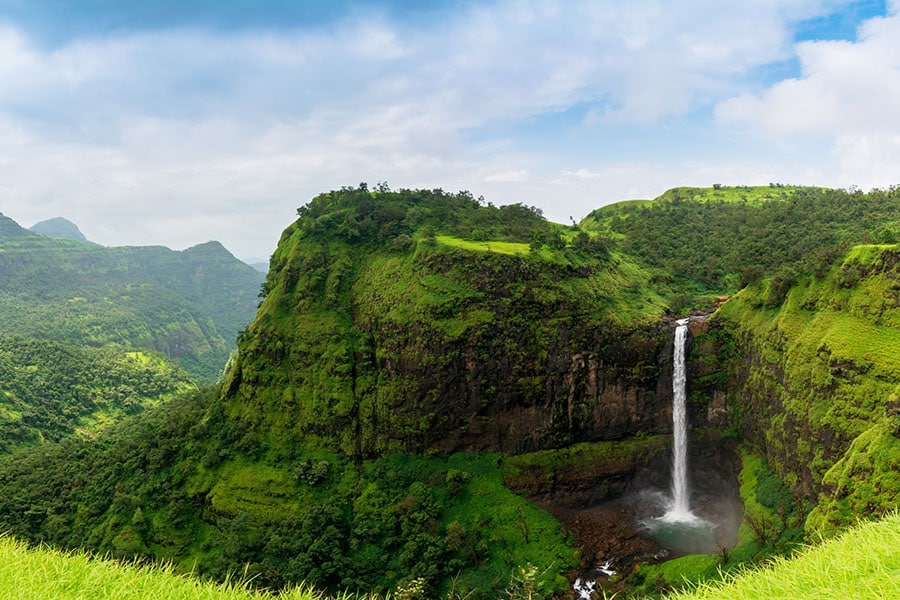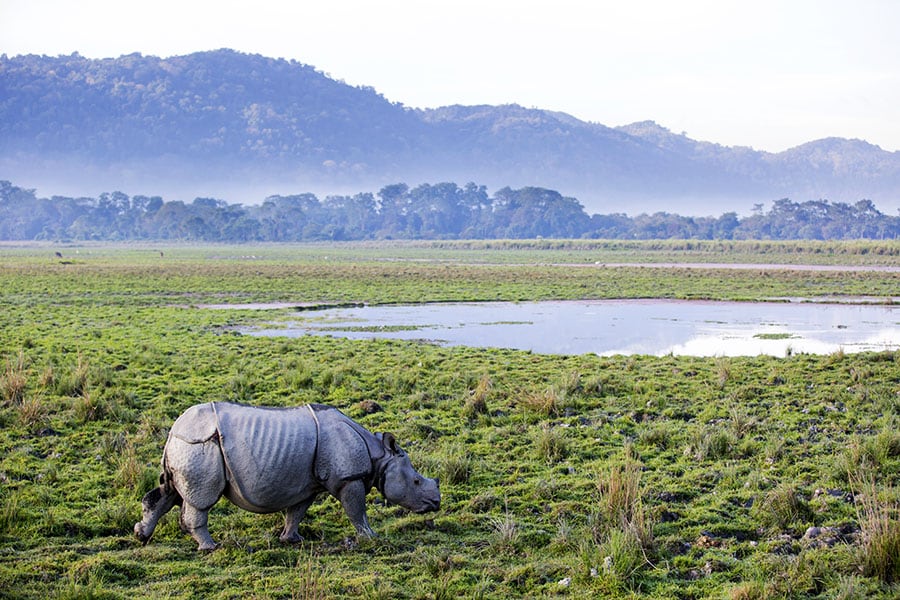
42 UNESCO World Heritage sites in India
Learn about UNESCO World Heritage Sites in India, their nomination process, efforts at preserving them and the importance of responsible tourism
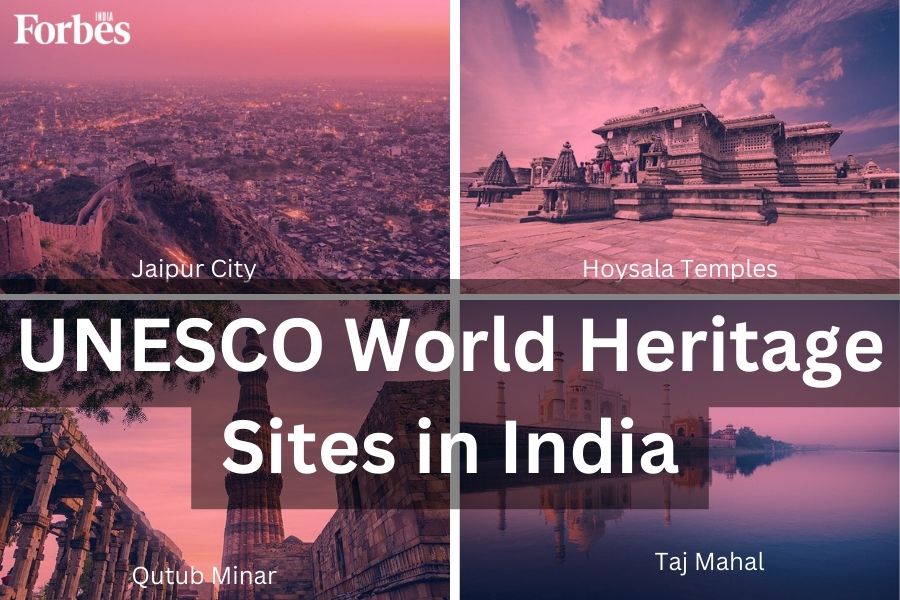
UNESCO World Heritage Sites in India are exceptional places recognised for their cultural, natural, or mixed significance. They showcase India's contributions to human civilisation and significantly impact tourism, education, and local economies. These sites are crucial in preserving and promoting the identity and heritage of India on the world stage. Notably, India has the sixth largest number of Heritage Sites globally recognised by UNESCO or the United Nations Educational, Scientific and Cultural Organisation.
Types of UNESCO World Heritage Sites in India
India boasts a diverse array of UNESCO World Heritage Sites, showcasing its rich cultural heritage and stunning natural landscapes. These Sites include ancient temples, historical cities, intricate stepwells, lush wildlife sanctuaries, and revered mountain ranges, offering a glimpse into India's multifaceted cultural and ecological tapestry.
As of 2023, there are forty-two UNESCO World Heritage Sites in India. Of these, thirty-four are cultural, seven are natural, and one is of mixed heritage.
Let’s go through the list.



